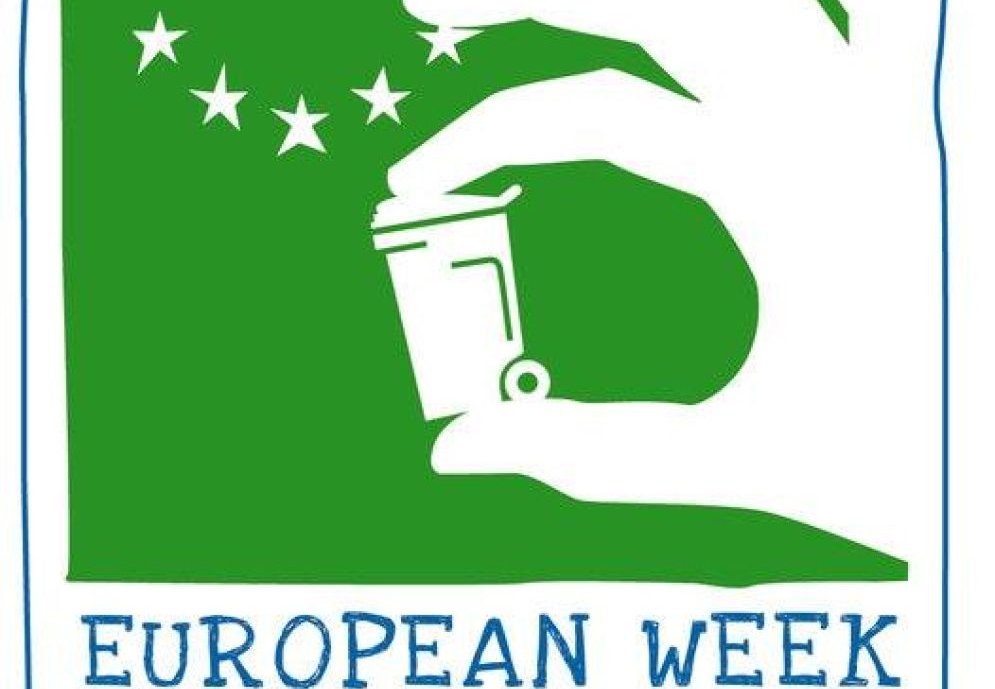

Study visits to the landfill site
Learning outcome
In our daily lives, packaging helps us store, protect, transport, and even present, all kinds of goods. It is involved in all steps of the chain from producer to consumer. However, packaging has a huge impact on the environment. Once packaging becomes waste, it is sorted between recyclable and non-recyclable packaging waste. From 2012 to 2020, the amount of non-recyclable packaging is increasing. The situation is exacerbated by the significant amount of recyclable waste that ends up in landfills due to the lack of recycling infrastructure and the unprofitability of the recycling process. What is more, a corresponding proportion is not even collected, and this has an impact on the environment, particularly the marine environment.
Age group: 14-19 yeras old
Learning outcome:
- be aware of the problem of the packaging waste;
- learn about the impact of waste on climate change and our health;
- be aware of the waste separation and recycling processes.
Time required
2 hours outdoor education
Tools or equipment
Presentation, informative films, posters.
Video: European Week for Waste Reduction - Be smart. Reduce waste!
Activity description
Organize a visit to a landfill site as a part of European week for waste reduction (e.g. 16-24 November, 2024). This is a great an opportunity for a visual presentation of the waste problem. The campaign aims to raise awareness of the strong environmental impact of packaging by providing information, ideas and support to encourage more sustainable consumer behaviour.

The European Week for Waste Reduction (EWWR) is the biggest campaign to raise awareness about waste prevention in Europe. Driven by local and regional public authorities, we bring together all sorts of other actors — citizens, schools, businesses, NGOs, associations — who organise activities to raise awareness about waste reduction. The Week, as we otherwise call it, is just that — a week in November; normally the penultimate or last week of the month. What makes it special are the efforts and passion invested by the thousands and thousands of volunteers who spread the word about sustainable consumption and circular economy in their communities.
After the visit, the students work in groups and make proposals to reduce plastic packaging in their community (family, school, interest club, etc.). The school or teacher specifically involved in this activity undertakes to disseminate the materials produced: posters, handbooks, videos etc.
Already done activity: The specific activity was part of the information and education program “Come and See”, organized by ECOBULPACK Bulgaria. Over 200 students from eight schools in Sofia visited the Ecobulpak waste processing plant in Sofia. The children were introduced to the processes of waste pre-treatment - sorting, baling and preparation for transportation to recycling plants. Through discussions and informative films, students were engaged in the issue of waste, how to reduce the amount that goes to landfill, why it is necessary to recycle waste and what is its impact on the environment.
Tips how to implement the topic to school curriculum
Nature sciences: environmental protection and sustainability, consumer education;
Art: Designing photographs, creating collage, presentation, poster, map etc.;
Class hour: civil responsibility; community engagement.
Useful links:
